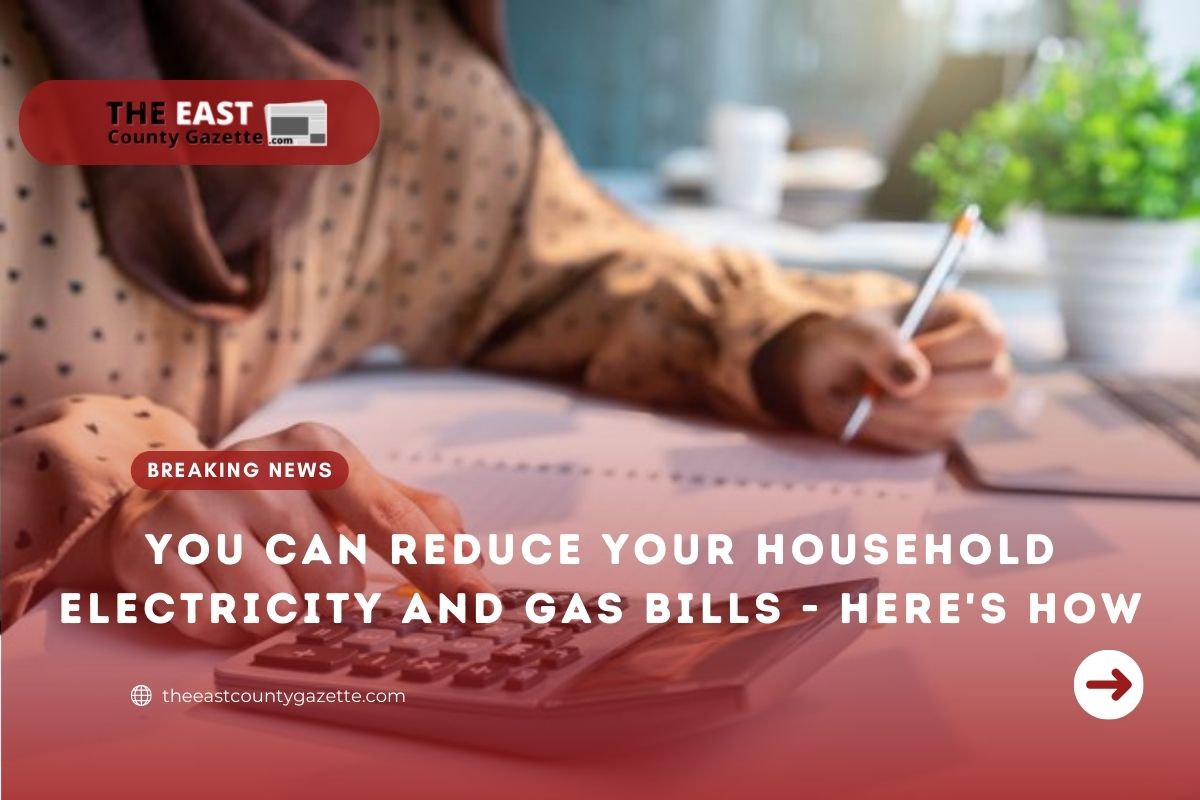Almost everything Americans buy these days is more expensive. Inflation has hit its highest level in 21 years.
When it comes to your electricity and gas bill, you don’t have the option of switching to another energy provider as you do when it comes to pork chops or tickets to a basketball game.
Experts told MarketWatch, however, that there are still ways to save money.
According to data from the Bureau of Labor Statistics, Americans paid 28.1% more for gas utilities and 6.5% more for electricity in October than they did in October of last year.
This is the largest increase in gas prices since 2008 and the largest increase in electricity prices since 2009.
Read More: Florida Sues Biden Administration Over Covid-19 Vaccine Mandate for Federal Contractors
According to BLS data, over 11% of employed Americans are still working from home due to the Coronavirus outbreak. As a result, gas demand has increased, but supply hasn’t kept up, pushing prices higher.
According to Energy Information Administration (EIA)’s “Winter Fuels Outlook” report, this winter’s electricity costs are expected to be 6% higher than last winter, with natural gas costs up by 30%.
What is your Provider’s Method of Calculating your Bill?
According to George Zavaliagkos, vice president of technology home-energy monitoring company, Sense, aside from turning off the heat and unplugging everything, one should learn how your electricity or gas provider calculates your rate.
Several providers have flat rates throughout the year that don’t change as much on a day-to-day basis, for example. Other providers, such as Uber UBER, -3.27% or Lyft LYFT, -3.44%, have rates that fluctuate dramatically based on demand, traffic, and weather conditions.
Zavaliagkos said that if your provider follows the Uber/Lyft model, energy costs will probably rise when it snows outside since more people will be at home heating their homes with heat.
So as to avoid getting caught like a sitting duck, you ought to begin heating your home several days before a predicted snowstorm so that you can lower the thermostat on the day of the storm because your home will already be at a comfortable temperature.
It is also a good idea to inspect air vents, doors, and windows around your home for any cold air leaks.
You can get a draft protector to block out the cold air coming in fairly cheap and easy to use, if this is the situation.
The walls and roof of your home should be properly insulated too.
How are You Breaking Down your Energy Use?
According to Zavaliagkos, if your electricity provider offers a breakdown of what contributes most to your monthly electricity bill, you should utilize this information.
Perhaps you may discover that “the 30-year-old beer fridge you have in your garage is an energy hog,” he added. In this instance, it means you are paying a lot more to run an older, ‘less energy-efficient refrigerator’ instead of getting a newer, more energy-efficient one.
You can install an energy hog detector, like Sense, to detect energy-draining devices in your home if your energy provider does not provide you with the breakdown.
Do you know about the Federal Assistance on Energy?
The American Rescue Plan, approved in March, provided $4.5 billion of additional funds for the Low Income Home Energy Assistance Program.
In this federally funded but state-managed program, which has been around for 40 years, states will administer the program to eligible recipients.
Households can use it to pay for heat, power, and minor home repairs related to energy needs.
“We have more money to help families this year than we’ve ever had,” according to Mark Wolfe, head of the National Energy Assistance Directors’ Association.
Read More: Trump Loses Bid To Fight Lawsuit Against Twitter In Florida; Must Take It To California
A lot of people might qualify even if they don’t think they do, Wolfe said. More information about income thresholds and household sizes can be found here.
Despite higher energy costs, Wolfe said the number of applications hasn’t risen much. And “that is a concern,” Wolfe said. According to him, people who should be applying to the program aren’t doing so, “because it’s called a low-income program. When people hear that they’re thinking, ‘Surely I’m not eligible.’”

